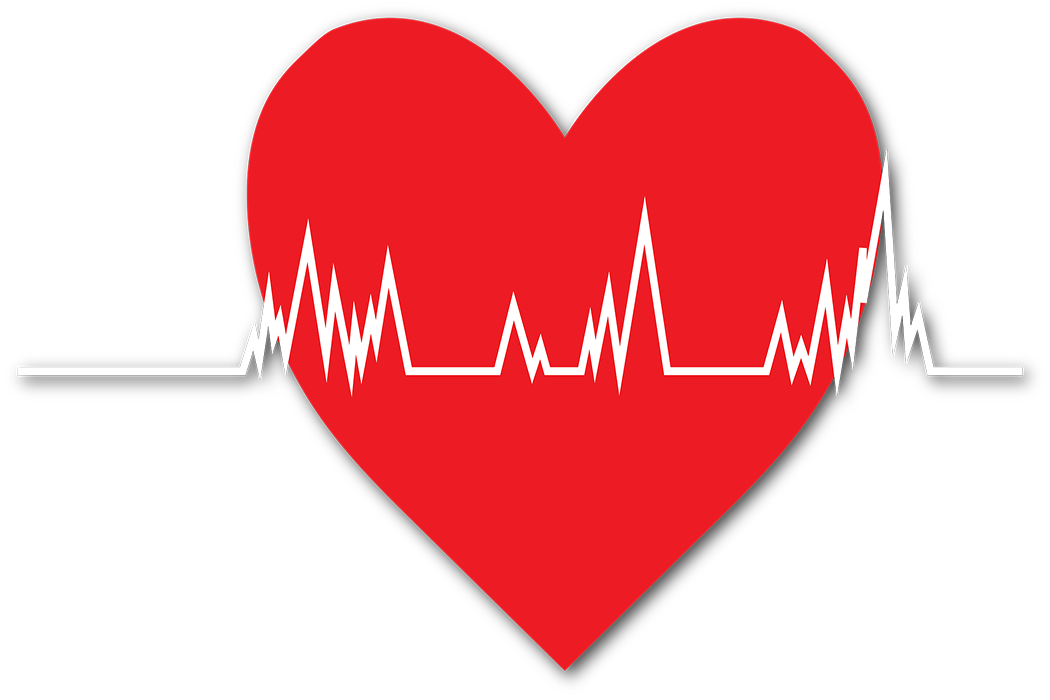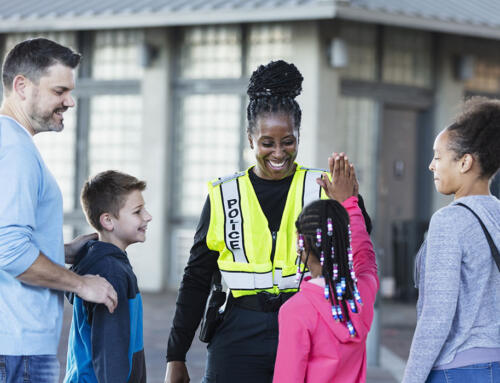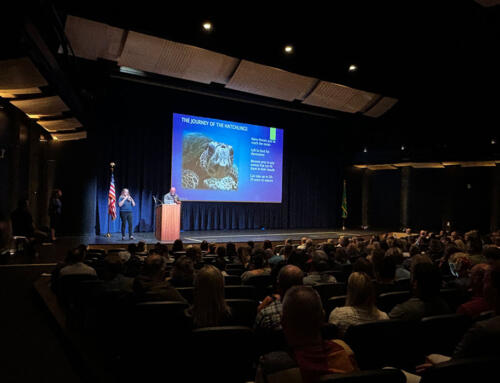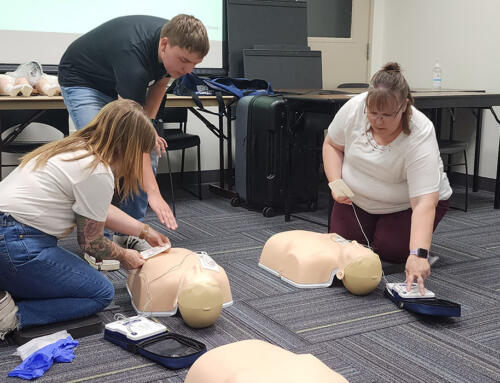In a recently attended CPR/AED class the instructor asked the question, “What’s the difference between sudden cardiac arrest and a heart attack?”
The public often uses these terms interchangeably, but they are two separate medical emergencies. An easy way to distinguish the two emergencies is to look at them as an electrical issue versus a plumbing issue. But what does that mean?
Heart Attack: Think Plumbing Issue
A heart attack occurs when a clot blocks a narrowed coronary artery, depriving the heart muscle of oxygen. In simple terms, blood flow to the heart is blocked. Therefore, it can be viewed as a plumbing issue.
Symptoms of a heart attack can occur suddenly, or they may come and go over a longer period – hours, days and even weeks. The longer a person goes without treatment, the greater the damage to the heart.
It’s important to note that a heart attack can progress to sudden cardiac arrest. In fact, it’s a leading cause of sudden cardiac arrest.
Sudden Cardiac Arrest: Think Electrical Issue
Sudden cardiac arrest occurs when there’s a problem with the heart’s electrical system that causes an irregular heartbeat. When the heart’s pumping action isn’t functioning effectively, the heart can’t pump blood to the brain and other vital organs.
Sudden cardiac arrest occurs suddenly, and often without warning. Death can occur within minutes, without immediate intervention. Signs of sudden cardiac arrest include:
- Sudden collapse
- No pulse
- No breathing
- Loss of consciousness
Sometimes other signs and symptoms occur before sudden cardiac arrest. These might include:
- Chest discomfort
- Shortness of breath
- Weakness
- Fast-beating, fluttering or pounding heart (palpitations)
When the heart stops, the lack of oxygen-rich blood can cause death or permanent brain damage within minutes. Time is critical when you’re helping an unconscious person who isn’t breathing. If you see someone who’s unconscious and not breathing normally, do the following:
- Call 911. If you have immediate access to a telephone, call before beginning CPR.
- Perform CPR. Quickly check the person’s breathing. If the person isn’t breathing normally, begin CPR. Push hard and fast on the person’s chest — at the rate of 100 to 120 compressions a minute. Allow the chest to rise completely between compressions. Keep doing this until a portable defibrillator is available or emergency workers arrive.
- Use a portable defibrillator if one is available. It will give you step-by-step voice instructions. Continue chest compressions while the defibrillator is charging. When it’s charged, the defibrillator will check the person’s heart rhythm and recommend a shock if needed. Deliver one shock if advised by the device and then immediately resume CPR. If necessary, the defibrillator will give another shock. Repeat this cycle until the person recovers consciousness or emergency workers take over.
If not treated immediately, sudden cardiac arrest can lead to death. Survival is possible with fast, appropriate medical care. Cardiopulmonary resuscitation (CPR), using a defibrillator — or even just giving compressions to the chest — can improve the chances of survival until emergency workers arrive.
You can reduce your risk of sudden cardiac arrest by getting regular checkups, being screened for heart disease and living a heart-healthy lifestyle.




